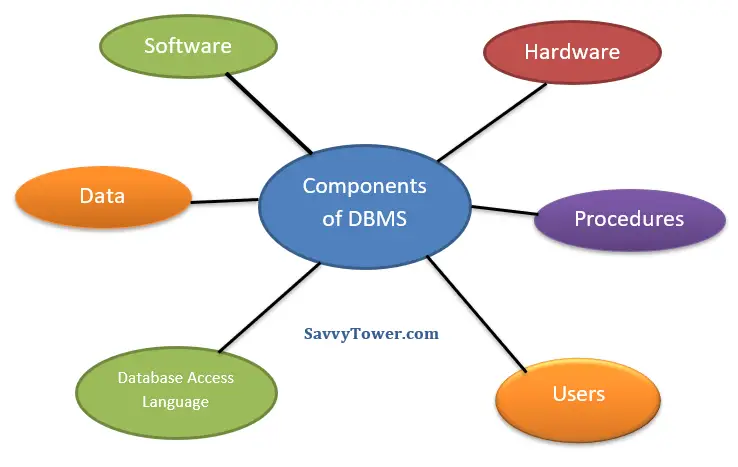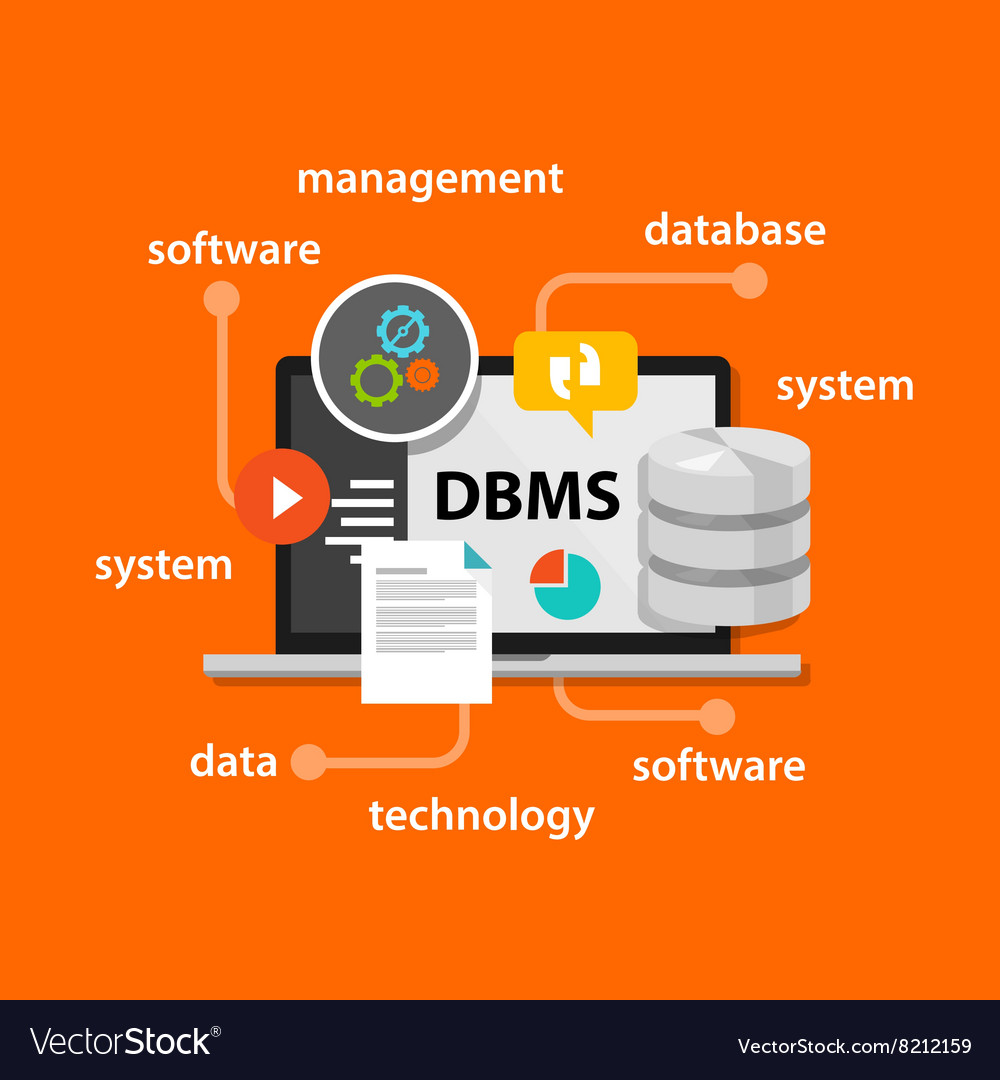Table Of Content

It is important to consider data organization, standardization, performance, integrity, and more when designing a database to meet the needs of your organization and your users. Data normalization is a process that helps to eliminate redundancy and improve the integrity and efficiency of a database. By normalizing the data, organizations can design more effective and efficient databases that are easier to update and maintain. Data normalization is the process of organizing a database in a way that reduces redundancy and dependency and improves the integrity and efficiency of the data. It involves dividing the data into smaller, related tables and establishing relationships between those tables.
Skills you can learn in Software Development

In many cases an entity type has numerous subgroupings or subtypes of its entities that are meaningful and need to be represented explicitly because of their significance to the database application. So, whether you are building a library system, an e-commerce platform, or a social network, mastering database design is your ticket to organized, reliable data. Good design practices for security and user authentication include not storing keys, even encrypted ones. For this reason, hash functions that are not bijective are used to protect keys.
Database Designing
For intro to database awesome, but not for an advanced databases course. The book is accurate and follows the conventions used in other popular references in the data base management system field. The texts covers all the topics required for an introduction to data base management course. Although the chapter titles suggest modularity, I didn't feel there was a great deal of discipline in terms of where content was placed.
Database Design in DBMS Tutorial: Learn Data Modeling
Remember, these steps can be flexible based on your project size – smaller projects may demand fewer steps or non-sequential execution. As with other cloud-based services, new saves are automatically made at frequent periods as new file versions. This means it's easy to view or roll back to previous versions as required, and you can add your own custom labels to the saves as required. DbForge Studio is available in three different license plans, according to which tools you require.
Most of the time the book stays at a very high level, but on occasion, and without warning it jumps into great depth. For example, chapter 11 (functional dependencies) takes a sudden and deep dive into the subject of set theory and related axioms. This is not consistent in tone or apparent level of understanding of the reader. This will help course instructors to easily use specific chapters of the book for each week.
What is a Database? Definition from TechTarget - TechTarget
What is a Database? Definition from TechTarget.
Posted: Mon, 28 Feb 2022 22:13:18 GMT [source]
Example to Minimize Partial Dependency
The main objectives behind database designing are to produce physical and logical design models of the proposed database system. These are just a few examples to demonstrate how a well-designed database schema can be tailored to specific application requirements. Each schema design is unique, and carefully crafted to ensure data integrity, efficient data retrieval, and simplified data management. Master the art of database schema design with this comprehensive tutorial. Learn how to create well-structured schemas, establish relationships, ensure data integrity, and optimize performance.
For the most part, the visuals are clear and clean, and the book's formatting is consistent. In sum, this textbook is a good resource for new learners in the topic of Database design/management. The resolution of included figures is not high enough to be clearly displayed. Furthermore, when clicked, image with same resolution or even the wrong image was displayed which couldn't address the issue of pdf version.
In this essay, we will discuss partial reliances, how to overcome them, and how to eliminate them while creating database models. Divide the data into smaller, related tables to eliminate redundancy and improve data integrity. This process, known as normalization, involves breaking down data into smaller, more atomic units and establishing relationships between those units. The conceptual data model phase focuses on identifying the highest-level relationships between the main entities or objects in the application domain.
Best relational database designer
Without them, you’re essentially navigating a ship without a compass. This helps to eliminate redundancy and improve the integrity and efficiency of the data. A good database design is also efficient, which means that it makes effective use of resources such as storage and processing power, and ensures that queries are fast and efficient.
To create a well-structured database schema, you need to understand the concepts of entities, attributes, relationships, and normalization. Identify the entities in your domain, define their attributes, establish relationships between entities, and apply normalization techniques to eliminate data redundancy and maintain data integrity. When I’m working on a database design in DBMS, my main goals are to create logical and physical designs models for the proposed system. The logical model focuses solely on data requirements and storage without worrying about physical considerations.
In dimensional schemas, a certain degree of data redundancy can be used to reduce complexity in combined queries. Let’s check out some tips for better database design and see how this way of working is brought to reality with a practical example. By staying vigilant and proactive in addressing common pitfalls, you’ll build a robust and reliable database that forms the backbone of your full-stack web applications. In this example, we’ve set up a basic Express.js server with Knex.js for database connectivity.
This is where databases and Database Management Systems (DBMS) play a crucial role. Logical database design translates the conceptual model into a more detailed and usable structure. It ensures that the database is well-organized and optimized for querying and data retrieval. With conceptual modeling, we are already laying the groundwork for successful database design.

The use of such characters forces the use of delimiters when referring to those tables or columns in SQL statements, which adds yet another cumbersome task for the database programmer. If you use Vertabelo to design your database schema, the risk of missing errors like these is reduced to zero. This is because Vertabelo validates your model as you work on it; if it finds any flaws, it shows them to you in a panel with a warning icon so that they don’t go unnoticed. Remember that each entity must have a unique identifier – one or more attributes that will identify each row of the table univocally when the schema becomes a working database. When you don't have a guide, certain tasks seem more difficult than they really are.
The logical design introduces database-specific concepts while maintaining a platform-independent perspective. A common belief is that deliberately using non-obvious names for objects in a database is an effective method of preventing unauthorized users from gaining access to the data. This practice (known as security by obscurity), can make an attacker's “job” somewhat more difficult. But those who know cybersecurity do not recommend this; for an experienced cybercriminal, it only represents a small obstacle to overcome.
ER model we discussed so far has been enhanced by adding several new concepts leading to the development of the EER model. It is important to restrict write permissions for the table and column where a hashed password is stored. This helps prevent potential attackers from altering the stored hash to one that corresponds to a known password. It is also important to differentiate null values from “empty” values, such as the number zero or a zero-length string.
No comments:
Post a Comment